Having good ventilation and airflow in your roof space is vital for the health and longevity of your roof. Poor ventilation leads to serious problems like decay, mold growth, overheating, and moisture damage. Ensuring your roof has adequate ventilation protects it and extends its life greatly.
Why roof ventilation is critical?
- Removes heat buildup – Shingles and roof materials absorb huge amounts of heat from the sun, which transfers into the attic space. Without proper ventilation, excessive heat causes materials to warp and deteriorate faster.
- Prevents moisture accumulation – Warm air inside the attic rises and transfers moisture into the roof cavity. This moisture needs to be able to escape so it doesn’t cause rot, mold, and mildew.
- Removes gases and fumes – Fumes from materials, adhesives, and insulation become trapped in the attic if stagnant air is present. Ventilation removes these fumes so they don’t cause larger issues.
Proper roof ventilation
Follow these essential guidelines for achieving quality airflow and ventilation on your roof:
- Install soffit vents – Intake ventilation at the roof edge (eave) allows fresh external air to flow in. McCanan Roofing Construction of Aurora installs vented soffit panels along soffit overhangs.
- Use ridge vents – Exhaust vents at the roof’s peak let rising warm air and moisture escape from the top. Continuous ridge roof vents work well for this.
- Have proper vent coverage – As a minimum, your vent area should equal 1:300 of the roof’s floor area. For a 1000 sq ft attic space, you would need at least 3.3 sq ft of ventilation. Increase ventilation if the roof space tends to run hotter.
- Keep vent pathways clear – Insulation should never block the soffit vents at the eaves. Additionally, a channel between the insulation and the roof sheathing aids airflow from the soffits to the ridge.
Common consequences of poor ventilation
Deficient airflow caused by too few vents, blocked vents, or improper vent placement leads to:
- Excessive heat and moisture – This warps and damages roof materials, causes rot, and accelerates deterioration. Prolonged moisture directly damages wood and roof sheathing.
- Ice damming – Melting snow refreezes at the roof edge in large damaging ice chunks when excessive heat cannot escape the attic. The ice back-up forces melting water further under the roof shingles.
- Mould and mildew – Trapped humidity in stagnant air produces ideal conditions for mold, mildew, algae, and fungal growth on wood roof structures. It leads to rot and eventual structural failure.
Types of roof ventilation systems
While a natural thermal draft provides some ventilation, constructed ventilation systems greatly improve air movement. Common types include:
- Ridge vents – Ridge roof vents sit along the peak allowing rising warm air to escape. Simple metal or plastic ridge vents work okay, but products with external baffles vastly improve airflow.
- Soffit vents – Venting panels or slots installed at the roof edge allow fresh air intake along the underside eaves. Vented soffit panels made of aluminum or vinyl polymers are a cost-effective option.
- Turbines – Roof turbines use vanes and caps spun by wind suction to powerfully draw hot air out. Effective but fairly loud in windy conditions.
- Gable vents – Simple static ventilation placed in gable end walls. Has some benefits but is far less effective than soffit, ridge, or turbine venting.
For best results, combine soffit intake vents, and ridge exhaust vents and consider adding turbines for optimal hot air removal on larger, complex roofs.

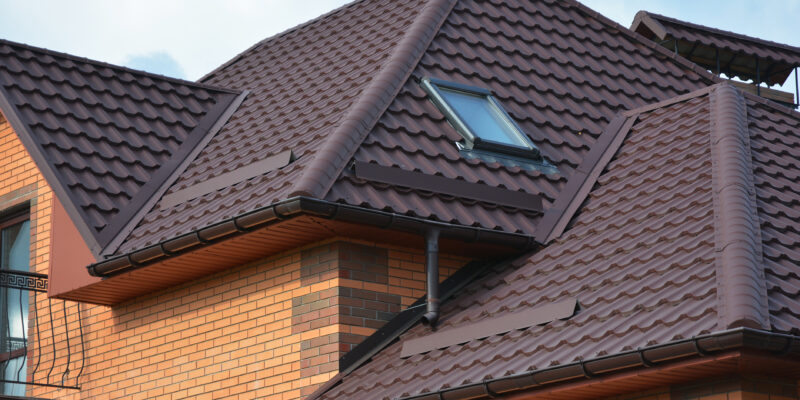
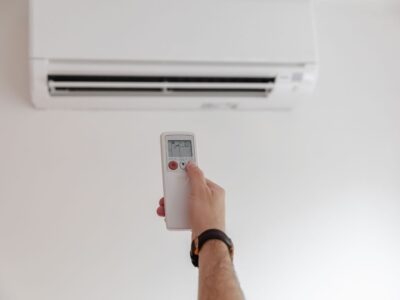


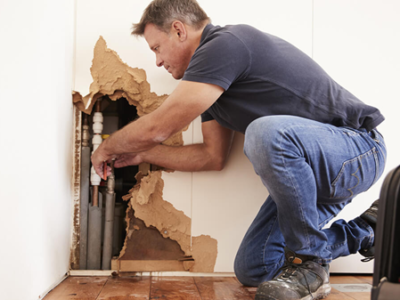

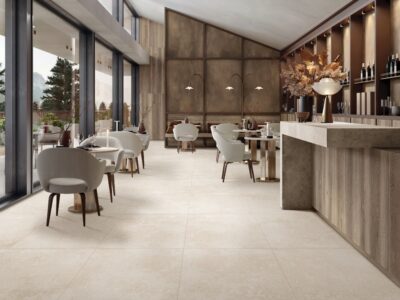
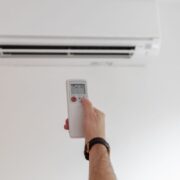


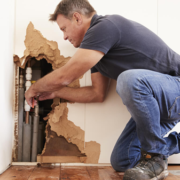
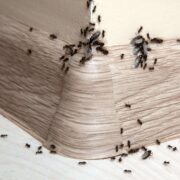
Comments